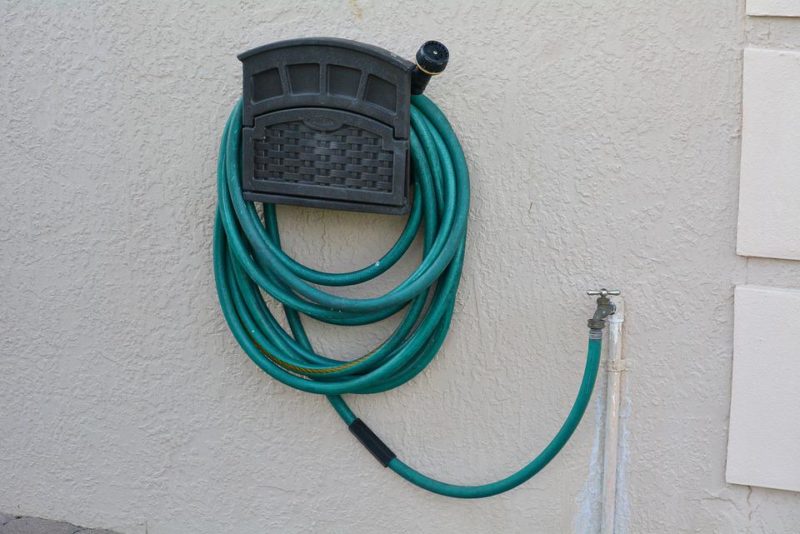Are you wondering how to test water heater element with multimeter? Stop wondering as you have arrived at the right place. Heated water heaters were essential household appliances that heat the water used in basins, dishwashers, dryers, or showers.
If the water in the home doesn’t become much hotter than tepid, try increasing the heat. If that doesn’t work, it’s conceivable that one of the water heater’s heating elements is damaged or faulty. Use a multimeter to test the heating elements before replacing them.
A multimeter is a tiny device that measures the electrical current that flows through metal. The first thing is to turn off the water heater power source, open the control panel, and access the heating element. Turn the dial on your multimeter, place the multimeter probes on the water heater element, and start checking it. Some tips help you test the water heater component correctly, so continue to read.
Tips To Test Water Heater Element With Multimeter
The inside water of an electric heater tank is heated through one and more heating elements. When a water heater no longer produces water, there are the chances that the principal component of a two-element water heater is faulty. Consider the lower part of the water heater makes some heated water, but it is not enough.
When the circuit breaker of the water heaters keeps tripping, it’s possible that the element is grounded and is causing an electrical short. To evaluate if and how the parts were broken, use a multimeter. Read the below-mentioned tips and know-how to test water heater element with multimeter.
#1. Switch off the power supply
This is a crucial phase in the water testing process. Locate the water heater’s breaker, linking the water heater to the primary electric board. It’s generally kept in a wall-mounted metal box. The power of each breaker is mentioned on the device.
If you’re unsure which breaker controls the water heater, turn off the whole electrical supply. Make sure the power has been cut off by double-checking. Install a non-contact volt sensor near the element-to-thermostat wire. If a volt sensor alarms and flashing, the voltage is too high. The water heater is still linked to the electric source. Before continuing, double-check that the power has been turned off entirely.
#2. Remove its metal box’s lid
The box will open when the metal cover is flipped open. These panels are held in place on the side of the water heater with bolts. Depending on their size, many water heaters come, including one and two boards. Lift the steel plate using a wrench. Ensure the screws wouldn’t fall out and fall in strange places throughout the house.
#3. Remove the insulation from the heater
Based on its age, the heater may have a cellulose or fiberglass insulation layer underneath the metallic layer. Uninstall or preserve the insulation properly. While peeling the insulation, wear your protective goggles and gloves. Inspect to see whether the thermostat has a plastic sheet. Disconnect the thermostat cover plate by pulling out the tab. Many thermostats do not require a removable plastic sheet, and it is an optional item.
#4. Make a mental note of the reading on the heater element
Set your multimeter to its lowest position, Rx1k, which equals 1000 resistances. Examine the bottom of the tank with a magnifying glass. The wattage or ohms are engraved. The multimeter would indicate 16 if the water heater is 3500-watts and 12 to 13 if the water heater is 4,200-watts. For such a water heater with a 5,200-watt element, you’ll get between 10 and 11 points.
#5. Utilize a multimeter to test the heating element
Place one of its multimeter needles on the element’s screw. This may be done by unwinding the free end of the metal part. Because the heating element has no terminals, you won’t have to worry about who else to examine first. Ensure you’re just inspecting its piece and not any other electrical parts connected to it. Attach the multimeter’s prongs to the component screw’s tip. Examine the multimeter readings to see if they match the ones listed above. If the resistance is meager, such as 1, or does not read at all, the water element seems defective and needs to be replaced.
#6. Reconnect the parts that have been separated
Connect the cord to the heating element’s surface again. Also, cover the visible panel and thermostat with the sheet. Fasten the new wire and replace any missing screws. Reset your breaker and replace the insulation. You’ll wait a few seconds for the water to heat up after replacing a broken element. You may also be interested to know how to determine which heater element is bad.
It’s A Wrap!
We are delighted to know that you have learned how to test water heater element with multimeter. These tips are helpful for you to check the water heater element using a multimeter. But it is also essential to take all safety precautions when you start testing the heating element, and it saves you from bad things. Thank you, friends, for staying with us. You may also want to read about how long does water heater last and how to clean water heater.

